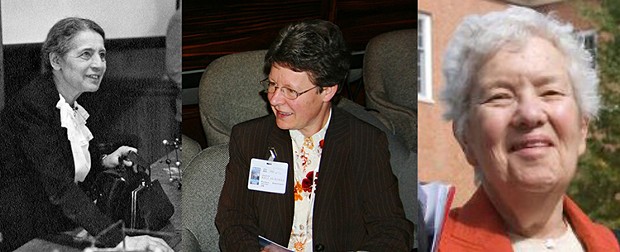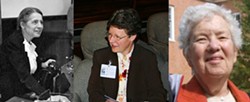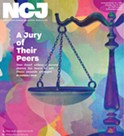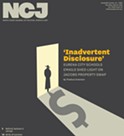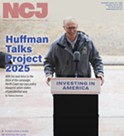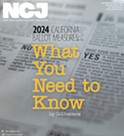[
{
"name": "Top Stories Video Pair",
"insertPoint": "7",
"component": "17087298",
"parentWrapperClass": "fdn-ads-inline-content-block",
"requiredCountToDisplay": "1"
}
]
Cover up the next paragraph and take a guess at how many women have won the Nobel Prize for Physics, awarded to 206 people since its inception in 1901. And the answer is ...
Two. Less than 1 percent of the total. Marie Curie received one-quarter of the prize in 1903 for her work on radiation and Maria Goeppert-Mayer also received one-quarter of the 1963 prize for "discoveries concerning nuclear shell structure." That's it. Let's do the math: 2017-1963 = 54 years in which the prize has only gone to men.
OK, you might say, maybe there just weren't women physicists deserving of the prize. Except that many were nominated, presumably because they had done worthy research or made sufficiently important discoveries. Take Lise Meitner, co-discoverer of nuclear fission, who was nominated 29 times from 1937 to 1965 for the physics prize (and another 19 times for the chemistry prize). In 1944, the Nobel committee awarded the physics prize to her long-time collaborator Otto Hahn for exactly the discoveries he made with Meitner's help. Astrophysicist Jocelyn Bell Burnell, another nominee, discovered pulsars, rapidly rotating neutron stars whose light reaches us as pulses (like the beam from a lighthouse). She was a postgrad student at the time, so guess who got the prize? Her thesis advisor, Antony Hewish, who shared it with astronomer Martin Ryle.
Then there's the one that gets my dander up even more than these two because this woman — a personal hero of mine — made arguably the most important discovery in astronomy in the last 100 years. Vera Rubin, who died last year at the age of 88, discovered dark matter, the stuff that makes up 85 percent of the mass of the universe. In her obituary, The New York Times said that "her work helped usher in a Copernican-scale change in cosmic consciousness, namely the realization that what astronomers always saw and thought was the universe is just the visible tip of a lumbering iceberg of mystery." In a nutshell, her analysis of observations of spiral galaxies uncovered discrepancies in their motion: The gravity of their visible stars is insufficient to hold them together, so we should see galaxies flying apart. Since we don't, Rubin reasoned that galaxies also contain invisible mass in vast amounts, five to 10 times the mass of visible stars. Rubin's dark matter has been accepted by the astronomical community since the mid-1980s, so for 30 years she's been an obvious candidate for a Nobel prize. Now it's too late since they aren't awarded posthumously.
So there are three women who should have but didn't win the Nobel physics prize: Meitner, Burnell and Rubin. I've been discussing the physics prize but that's only the most extreme example of the Nobel gender gap. Of 923 prizes awarded since 1901, women have won 49 of them, or about one in 20.
The directors of the Nobel Foundation seem to be finally taking notice of what looks, from the outside, like overt sexism. Göran Hansson, the vice-chair, said last month, "We are going to have a conference this winter with the different prize committees to discuss this issue ... I hope that in five years or 10 years, we will see a very different situation." This in progressive Sweden — a committee? Five years? Please!
Barry Evans ([email protected]) hasn't even gotten started on Rosie Franklin.
Speaking of...
-
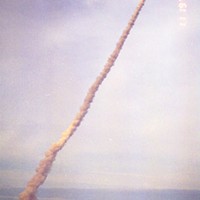
Rocket Science
Oct 26, 2023 -
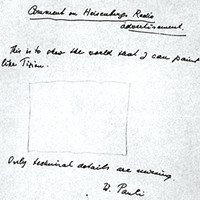
Don't Shoot the Physicist!
Oct 21, 2021 -
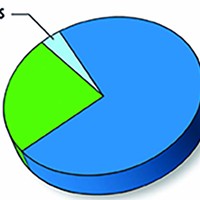
Dark Energy: Blunder or Boondoggle?
Jan 23, 2020 - More »
Comments
Showing 1-1 of 1
more from the author
-
Woolly Mammoths: The Lady's Not for Cloning
- Aug 29, 2024
-
From Mars Believer to Skeptic, Part 2
- Aug 15, 2024
-
From Mars Believer to Skeptic, Part 1
- Aug 8, 2024
- More »
